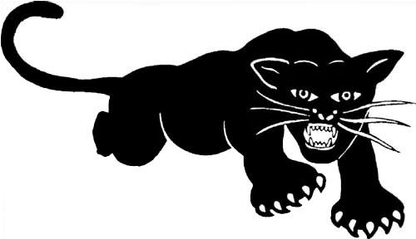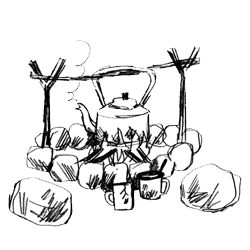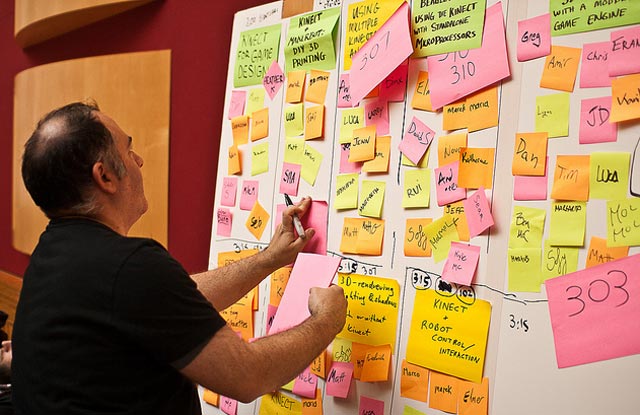
From a left-wing perspective, identity politics and class-based politics feel like competing ideologies. Identity politics focus on individual identities (race, gender, sexuality, etc.), while leftist movements emphasize collective struggle against class-based oppression under capitalism and neoliberalism. Both approaches aim to address inequality but through different paths. For the #geekproblem we can view them like competing tech standards (e.g., #Bluesky, #Nostr, #ActivityPub), in that they risk fragmenting movements unless there’s an effort to bridge them, balancing specific identity struggles with broader systemic change.
An example of this is #Postmodernism, which often leaves us questioning even the most basic aspects of life, and frankly, it can be exhausting. A recent example is the ongoing debate around biological sex. While it’s true that some people are born with disorders of sexual development, these cases are rare, just like being born colorblind or with physical disabilities. However, the overwhelming majority of the 80 billion humans that have ever lived were born from the combination of an XX and XY chromosome pairing.
The postmodern argument blurs these distinctions unnecessarily, but common sense tells us that reproduction still fundamentally relies on this biological reality. It’s not about denying people’s rights to live as they choose – people should love and live however they wish – but recognizing that certain basic truths shouldn’t be muddled by this long dead ideology. We need to move past the confusion and return to a clearer understanding of biology, while still fostering respect and dignity for all different people, regardless of how they choose to express themselves. Let’s focus on a healthier balance between respecting diversity and understanding the realities of the world we live in.
This is just one example, alongside #neoliberalisam in the economic path we have has 40 years of this mess shaping us, we need to step away from this #fashernista mess making. What would this look like?
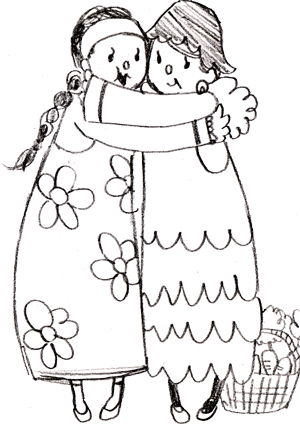
Stepping away from the 40-year #fashernista mess shaped by consumer culture involves rejecting the shallow, surface-level trends and embracing deeper, systemic change rooted in sustainability and community. It means focusing on long-term, grassroots action instead of the trendy or performative activism that shapes us now. Practically, this would mean rebuilding independent, open media (#OMN), fostering, commons, collective ownership of resources, and rejecting the commodification of everything. It’s about creating social paths based on trust, openness, and shared values rather than profit-driven, corporate-controlled structures.
This path emphasizes:
- Local Action: Rebuilding local communities around shared resources and sustainable practices, ensuring they operate autonomously from mainstream corporate structures.
- Open Processes: Utilizing the #4opens as a framework to ensure transparency and collective engagement in both technology and activism.
- Resistance to Co-optation: Staying vigilant against the dilution of radical movements by “common sense” #fashernista #NGO “market-friendly” paths which push for wider acceptance by abandoning core values, we need.
- Education and Awareness: Promoting knowledge-sharing and political education to empower people to resist superficial solutions and embrace affective and meaningful changes.
Ultimately, it’s about rewiring social values to cooperation, resilience, and ecological balance over competition, consumption, and power accumulation, It’s rebalancing our sense of self both individual and social.
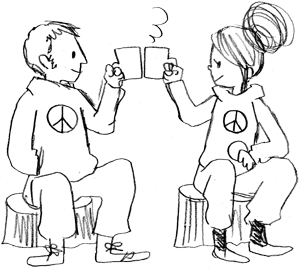
From a left-wing perspective, the critique of identity politics, in the example at the beginning of this post, is that it fragments social movements by focusing on individuals or inward looking group identities rather than uniting around shared economic and outward class struggles. The #fashernista path is driven by the current mess emphasizes personal identity over collective action, leading to the dilution of the solidarity needed to challenge systemic structures like neoliberalism (#deathcult). This #mainstreaming path leads to division within movements, creating competition for recognition rather than fostering collaboration and addressing structural inequalities
Let’s share the activism fire place, rather than fight over it, leaving only a cold smoky damp mess. #KISS
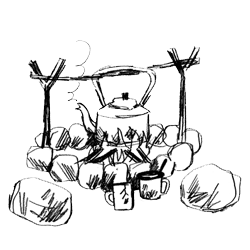
People are often vilify and spend too much focusing on attacking people in progressive projects:
- Fear of change: Radical ideas threaten the status quo, leading to backlash.
- Internal divisions: Disagreements within movements about strategy, purity, or priorities cause infighting.
- Co-optation and sabotage: External forces, including media and political interests, intentionally discredit or sow discord in progressive groups.
- Fragile egos and clashing ideals: Differing views on identity, politics, and tactics spark personal conflicts, leading to attacks.
These reflect broader social divisions and insecurities. Both of these paths are kinda progressive, but one is based on fear and the need for control, and the other on openness and building of trust paths.

